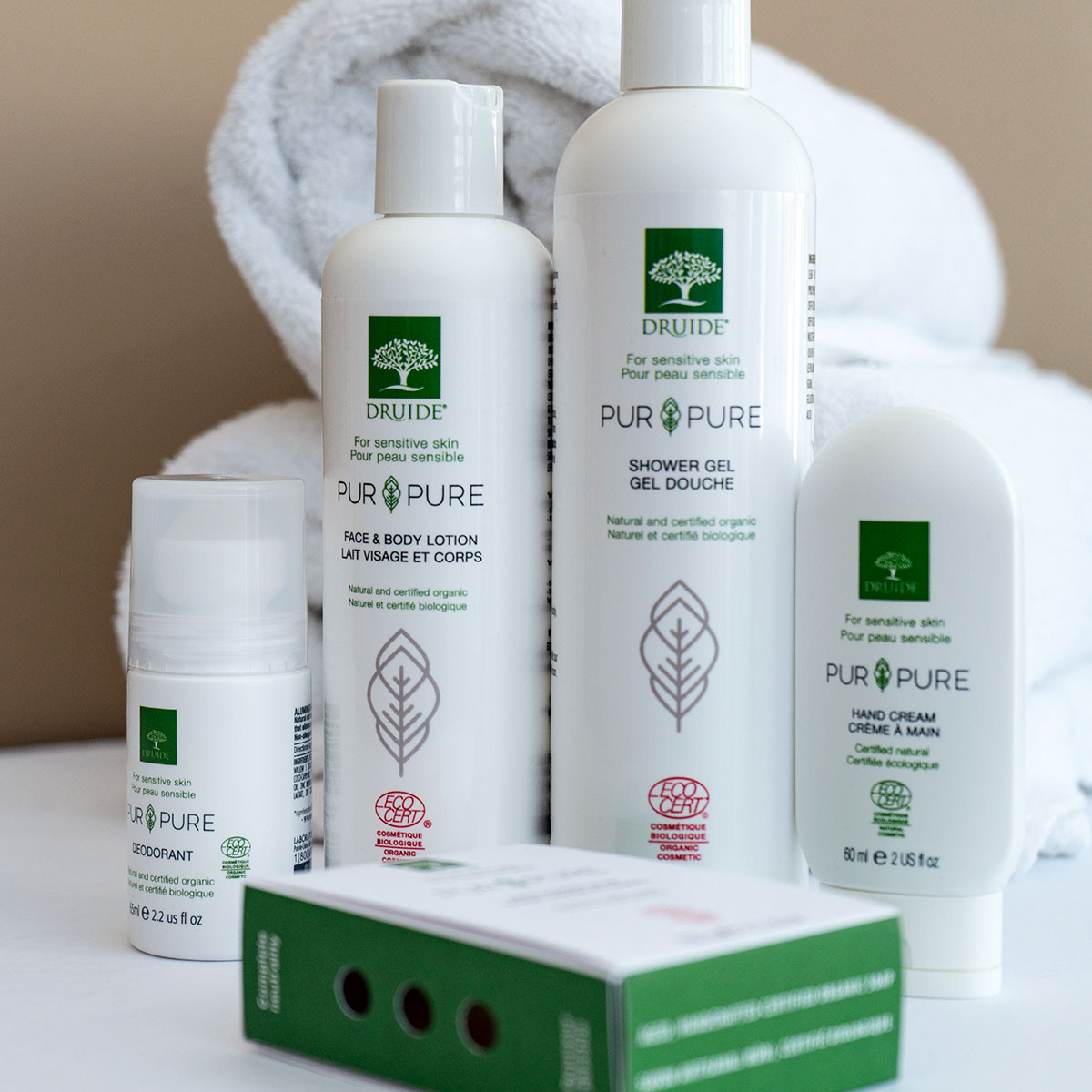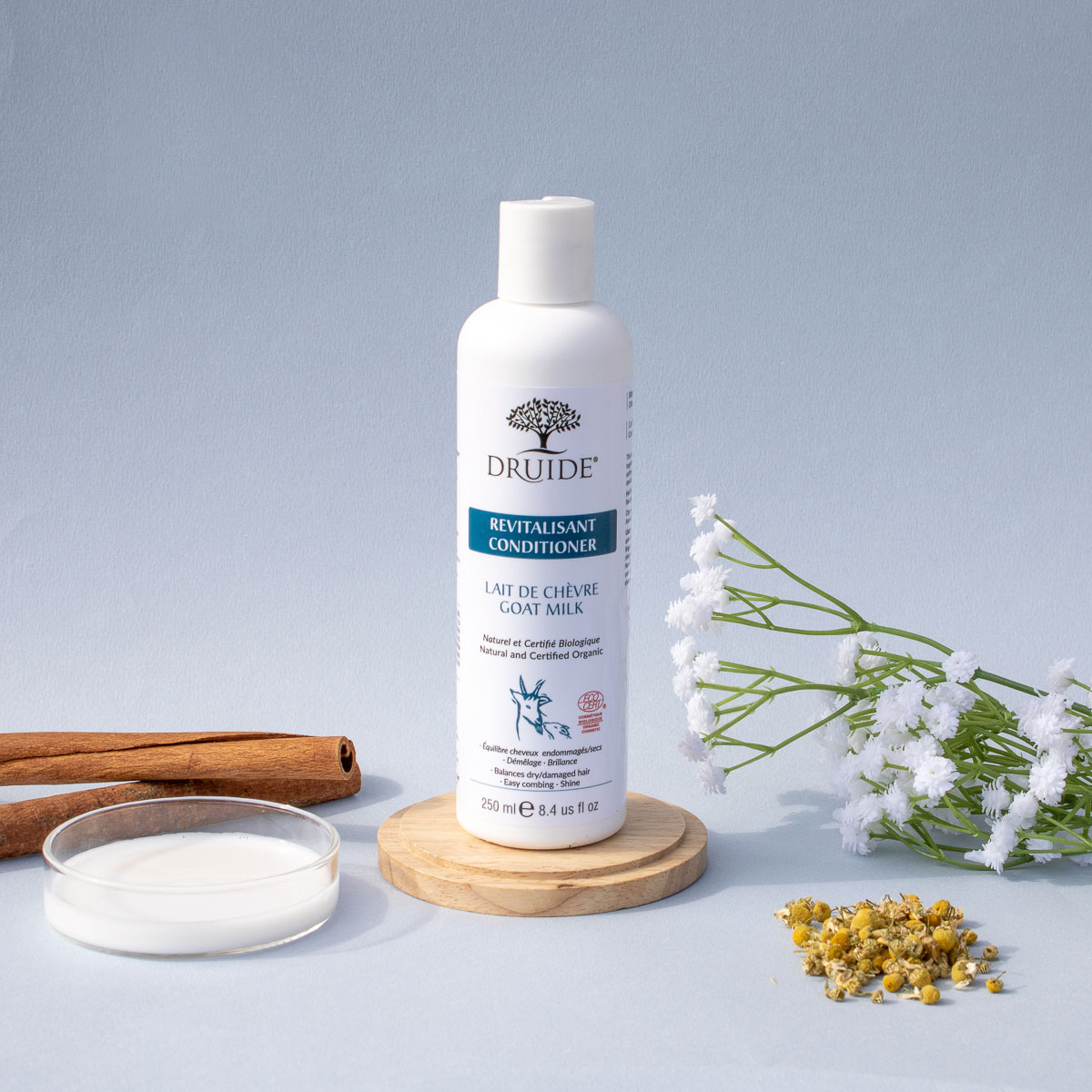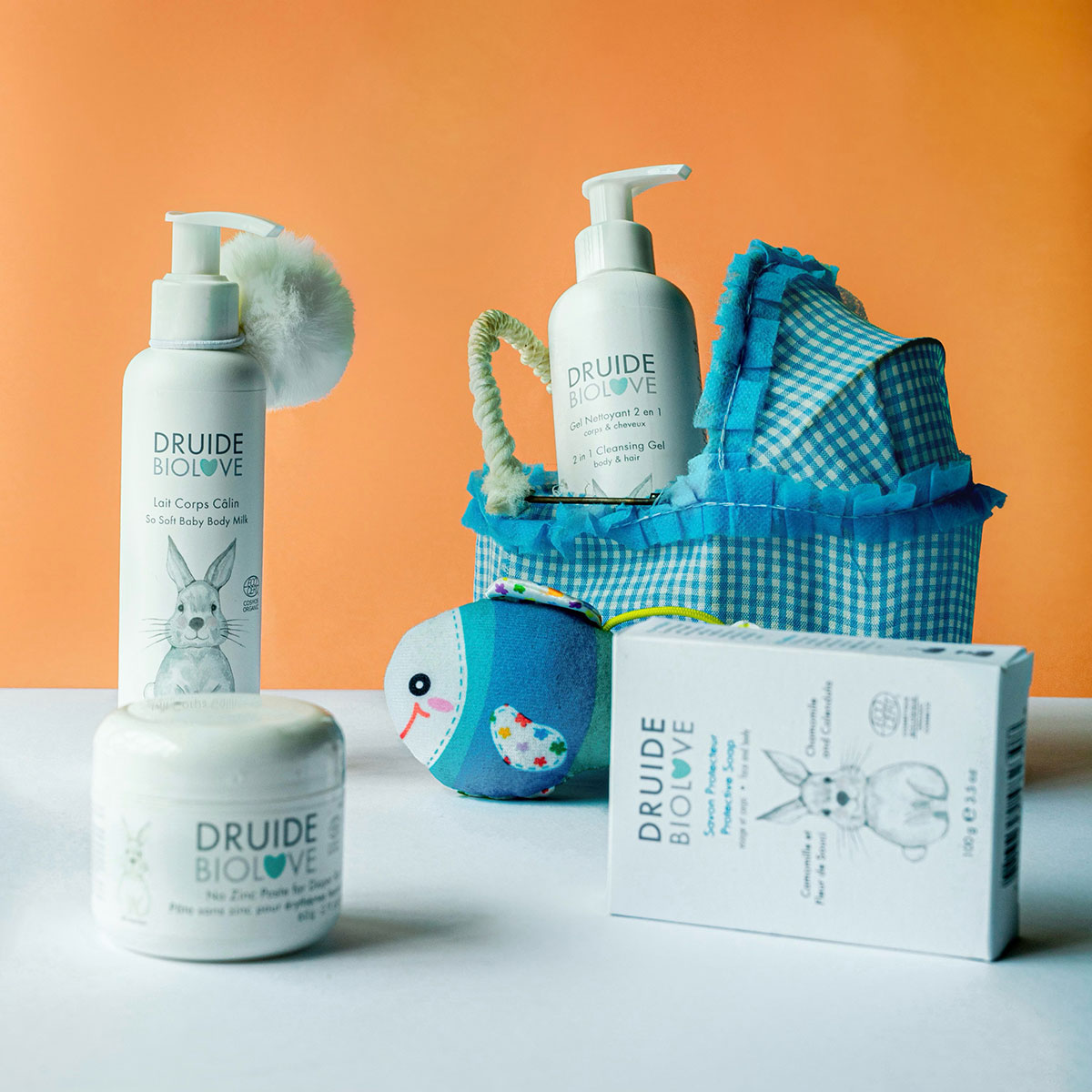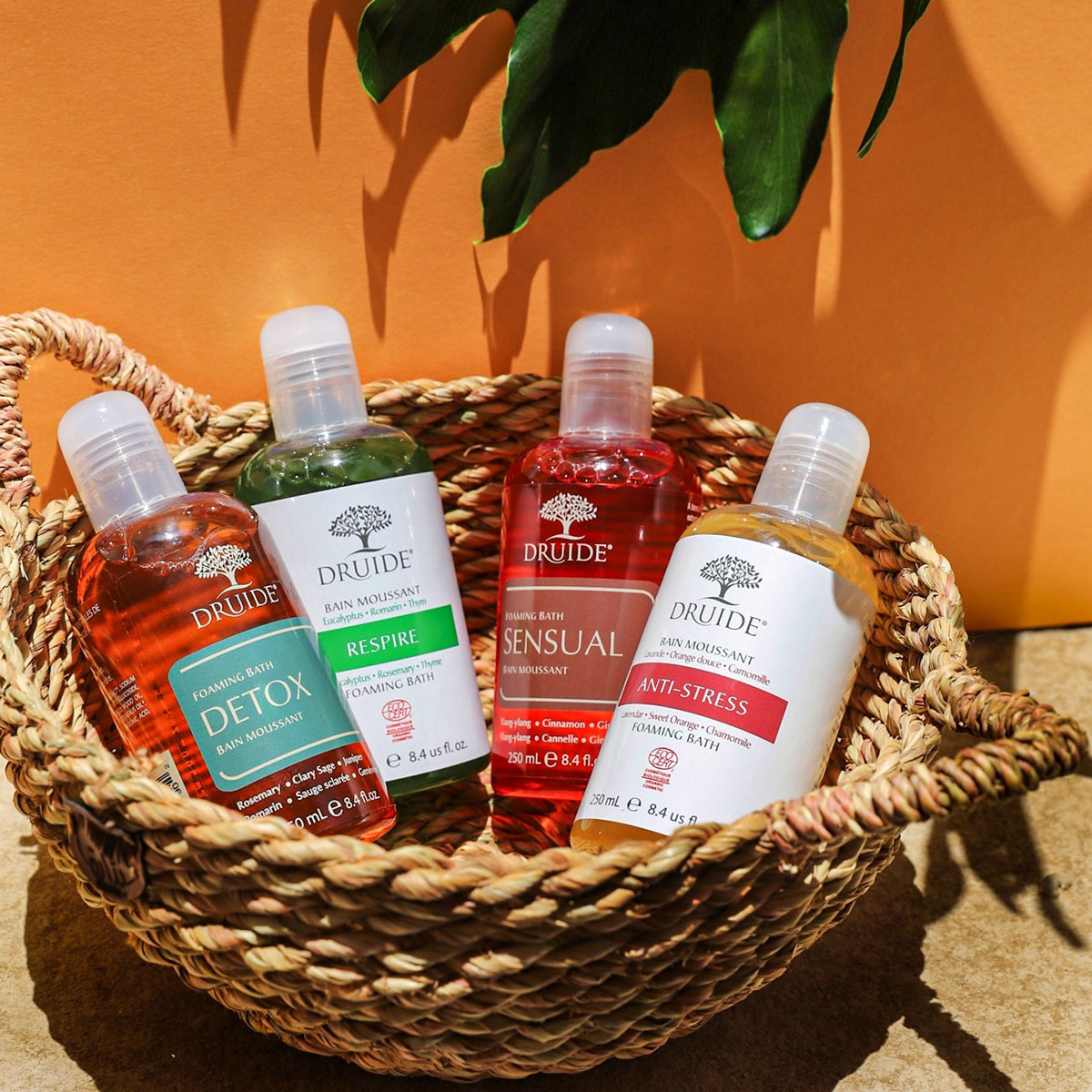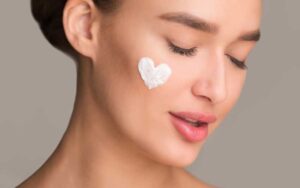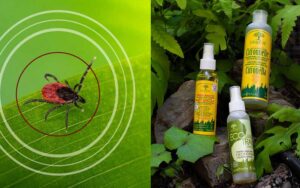Stay Connected
Love Your Skin: Druide’s Guide to Valentine’s Day Self-Care
As Valentine's Day approaches, what better way to celebrate than by embracing self-love through mindful [...]
Feb
Exfoliation: A Crucial Step In A Beauty Routine
The importance of exfoliation in your beauty routine. Learn about different types of exfoliants, including [...]
Dec
Ticks Are On The Rise
Global warming and other environmental changes are currently contributing to the expansion of tick numbers. [...]
Jul
Baby’s Bedtime Routine
A good bedtime routine is important to create a break between your day and your [...]
Mar
Discover Organic Certified Aluminum-Free Deodorants
The Druide Deodorants contain a synergy of powerful plant extracts which have antibacterial properties to [...]
Oct
Learn About The Alcohol Used In Cosmetics
When selecting skin-friendly formulations, we know to avoid certain ingredients that can affect our skin [...]
Aug
Choosing The Right Exfoliation For Healthy Skin In The Summer
One of the simplest and easiest ways to decongest and rejuvenate our skin is through [...]
Jul
Sun Protection For The Whole Family
Protect your skin, your family and help protect our waterways with Druide Broad Spectrum SPF [...]
Jul
The Benefits Of Zinc-Free Diaper Rash Paste
Did you know that Zinc Oxide is a controversial ingredient!? Present in many cosmetics, it [...]
2 Comments
Jun
Your Outdoor Protection Solution
Druide offers a collection of natural insect repellants and outdoor formulas and safe biodegradable products [...]
Jun


 Français
Français